If you are a person who enjoys the “leisurely” activity or sport-side of running, odds are you care about your shoes and the proper style and type for your stride and technique. With the wide range of running styles out there – from flat footed running to high arch – it is difficult to find the right shoe for you to provide the best support and comfort.
Not only is your comfortableness affected by the shoe’s support, but so is the health and well-being of your feet, ankles, and legs. With this in mind, take what is said here and elsewhere with a grain of salt and be sure to do plenty of outside research into the subject and analyze what various other articles are supporting as well.
In addition to the added comfortability and overall softness and compression allowance built into running shoes, their soles and heels are designed in such a way that you will run a much slimmer chance of getting blisters. In typical gym shoes, the shoe’s heel will always rub against your foot’s, causing many painful and disgusting blisters. However, running shoes are designed to allow more room between the two surfaces, letting air into the shoe and reducing the friction between the shoe’s heel and your foot’s heel. On top of this, running shoes are also built to avoid blistering your feet’s soles as well. We all know blisters are painful and can put a stint in your running schedule, but they can also become infected and require medical attention. If you are becoming more serious about running, ask a professional about what type of shoes they would suggest for your specific foot structure and running style.
Just like any other sport, running carries along many potential issues and dangers, not only for your feet and ankles but also for your long-term health. It is always important to be safe when running; use the proper tools you will need, correct technique, and of course the best shoes for your feet. If you ever feel you have an injury or you’re running a high chance of getting injured (pun intended), be sure to contact us at the Foot and Ankle Specialists of Illinois.

